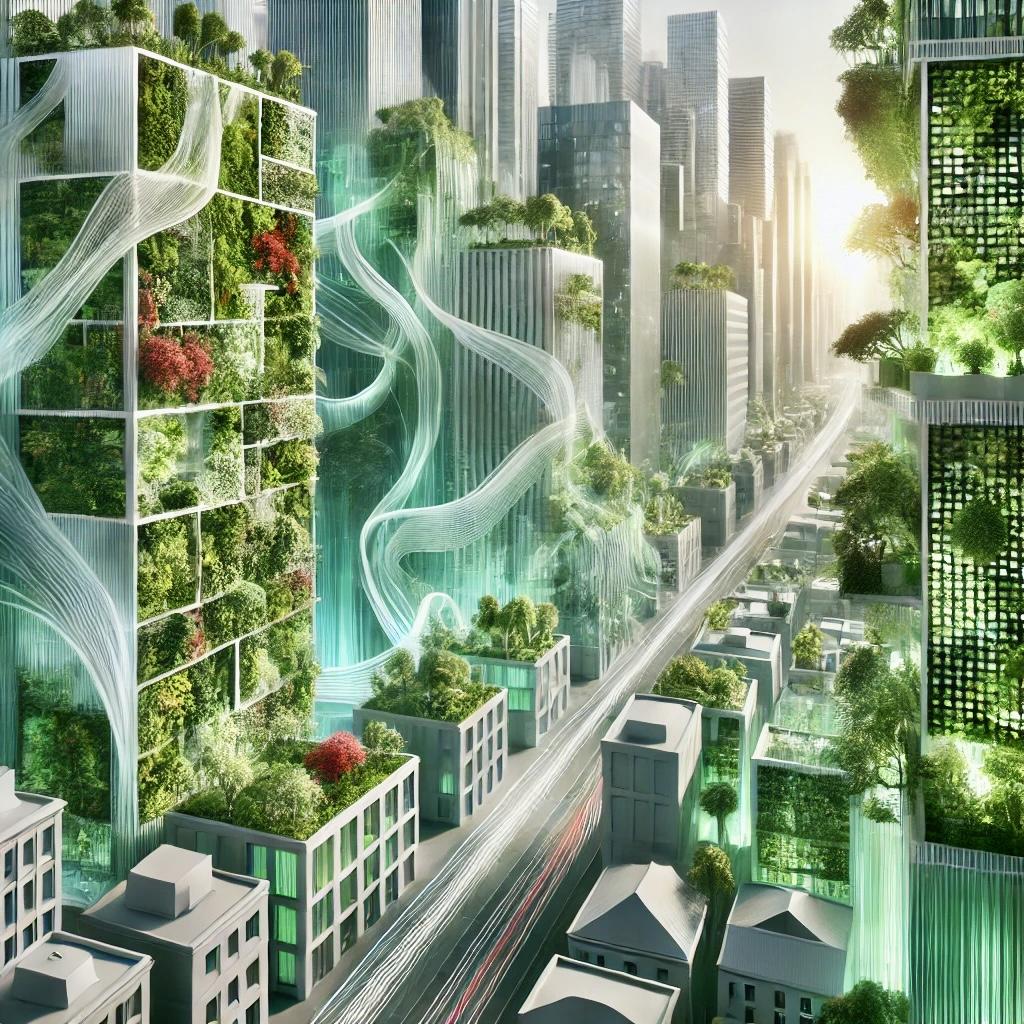
In their insightful paper, "Green Wall Systems: A Review of their Characteristics," Maria Manso and João P. Castro-Gomes offer a comprehensive exploration of the nature and benefits of green wall systems. They present these systems as a significant solution for urban sustainability, emphasizing their potential in energy efficiency, air quality improvement, and aesthetic value.
The review highlights two primary types of green walls: green facades and living walls. Green facades utilize climbing plants, either directly on walls or on specially designed support structures. In contrast, living walls are modular systems where plants are pre-grown before being installed onto the wall.
The authors emphasize that green walls provide exceptional thermal regulation, reducing energy consumption for heating and cooling. They improve air quality by reducing particulate matter and CO2 levels while increasing humidity and oxygen content. Additionally, green walls help with noise reduction, contributing to more pleasant urban environments.
The aesthetic value of green walls also enhances property value, and their contribution to urban biodiversity is a critical asset in dense urban areas. However, Manso and Castro-Gomes acknowledge challenges such as installation costs and maintenance requirements, which need to be addressed for wider adoption.
Overall, the study advocates for green wall systems as an effective tool for sustainable urban development. It serves as a comprehensive guide to their design, implementation, and benefits. The research offers valuable insights for those interested in urban sustainability, particularly in cities like Austin, where integrating green spaces into urban life is a priority. Credit is due to Maria Manso of Universidade Lusófona and João P. Castro-Gomes from Universidade da Beira Interior for their thorough and enlightening study.